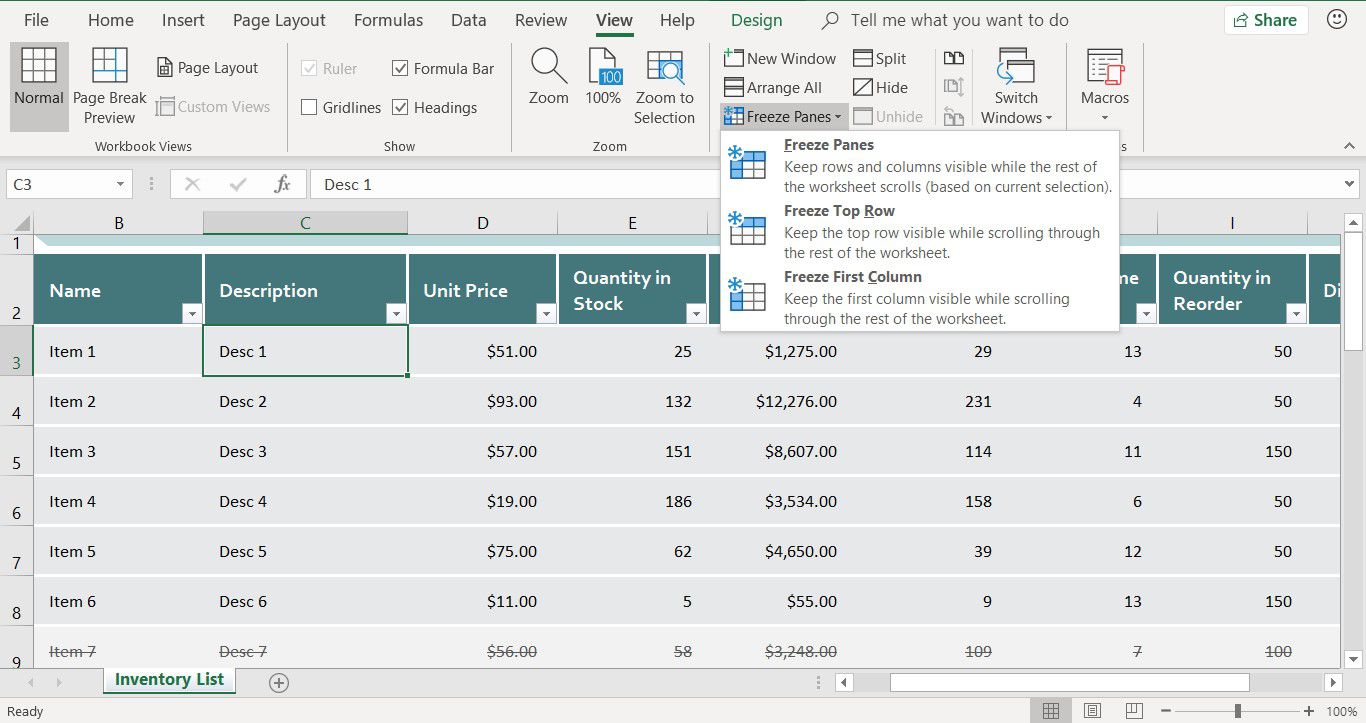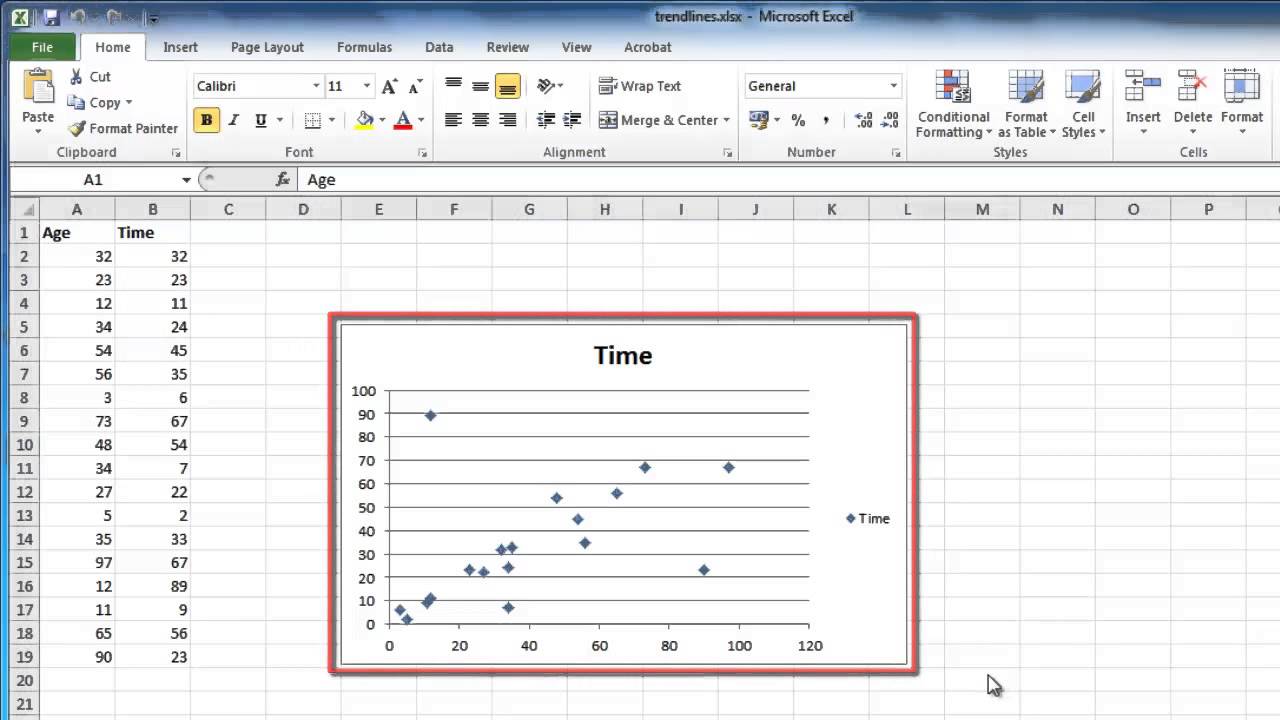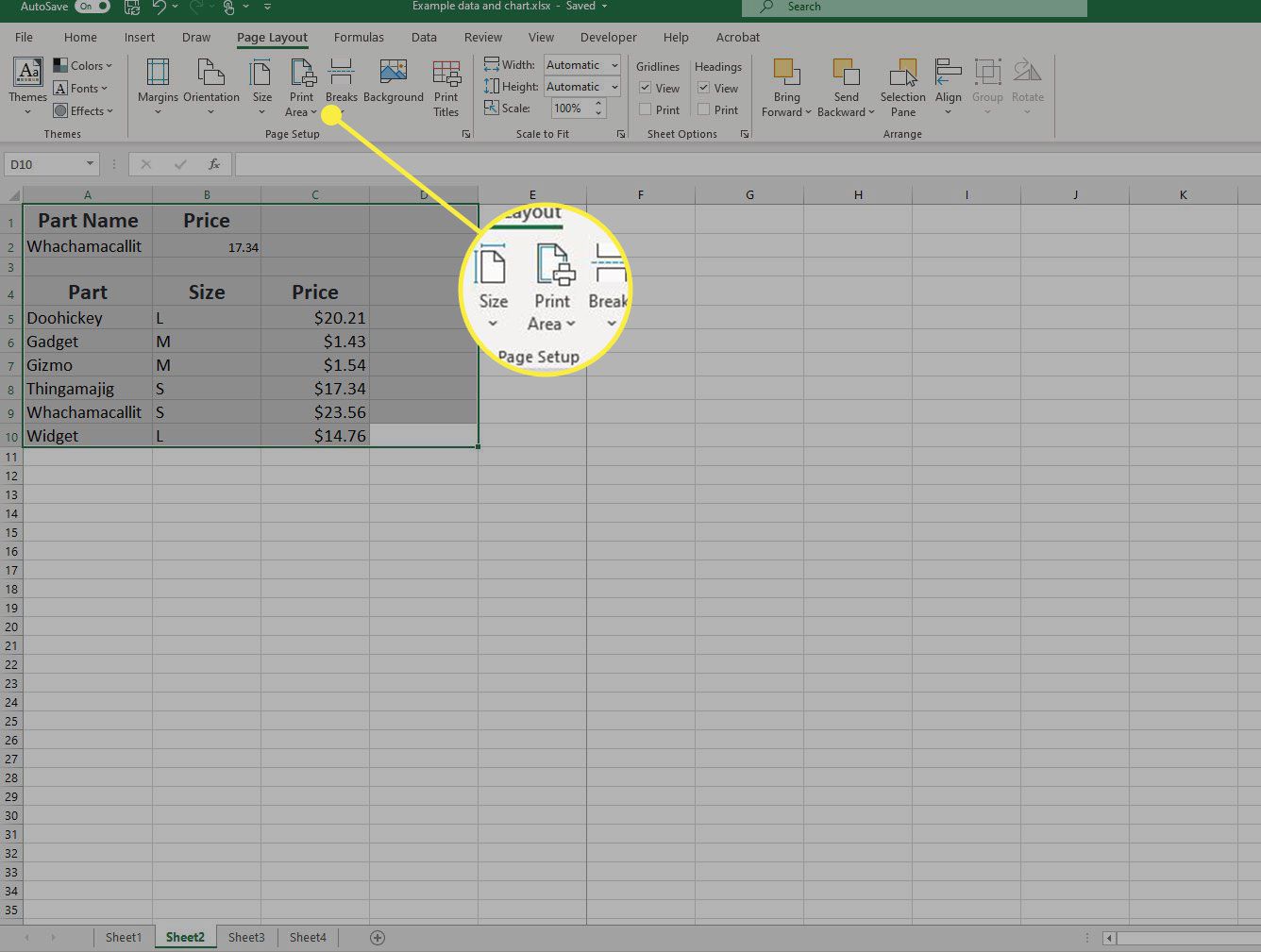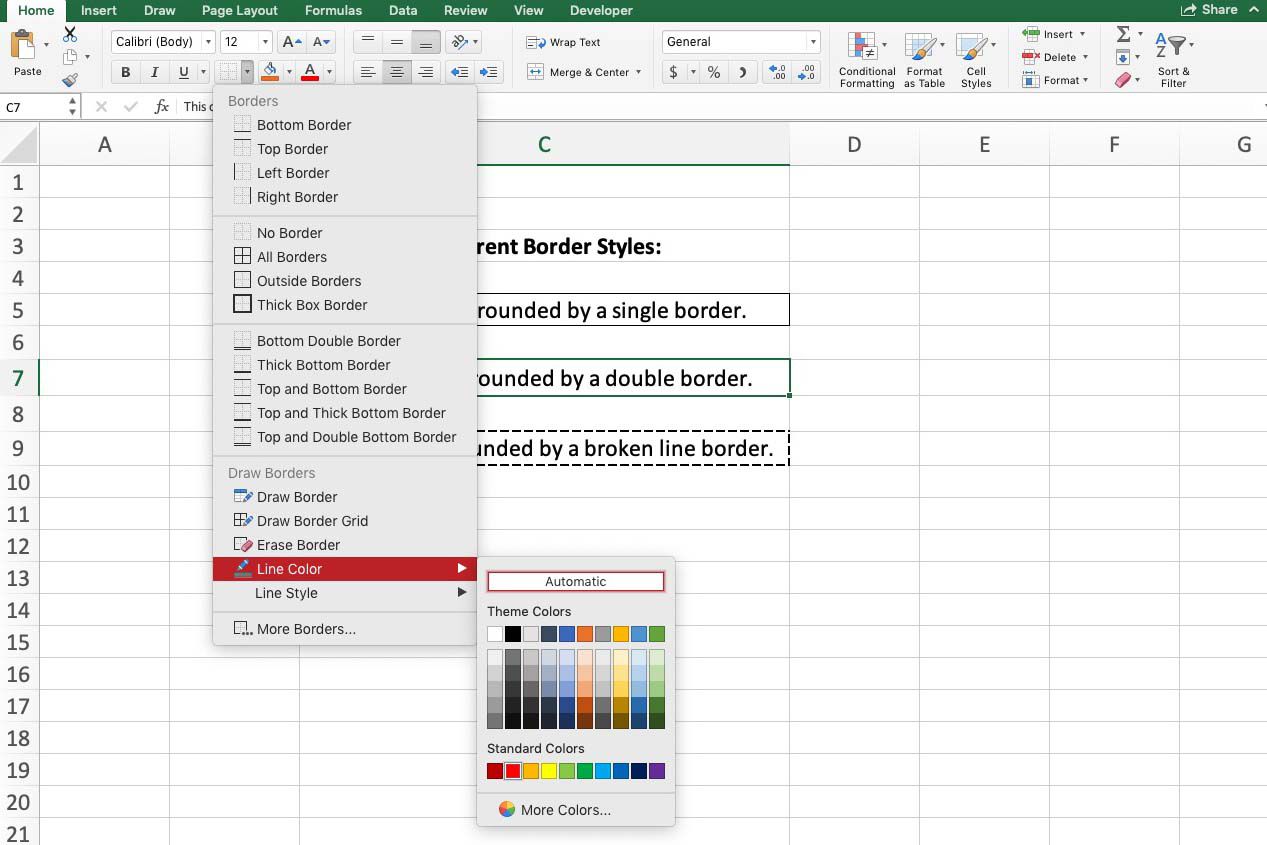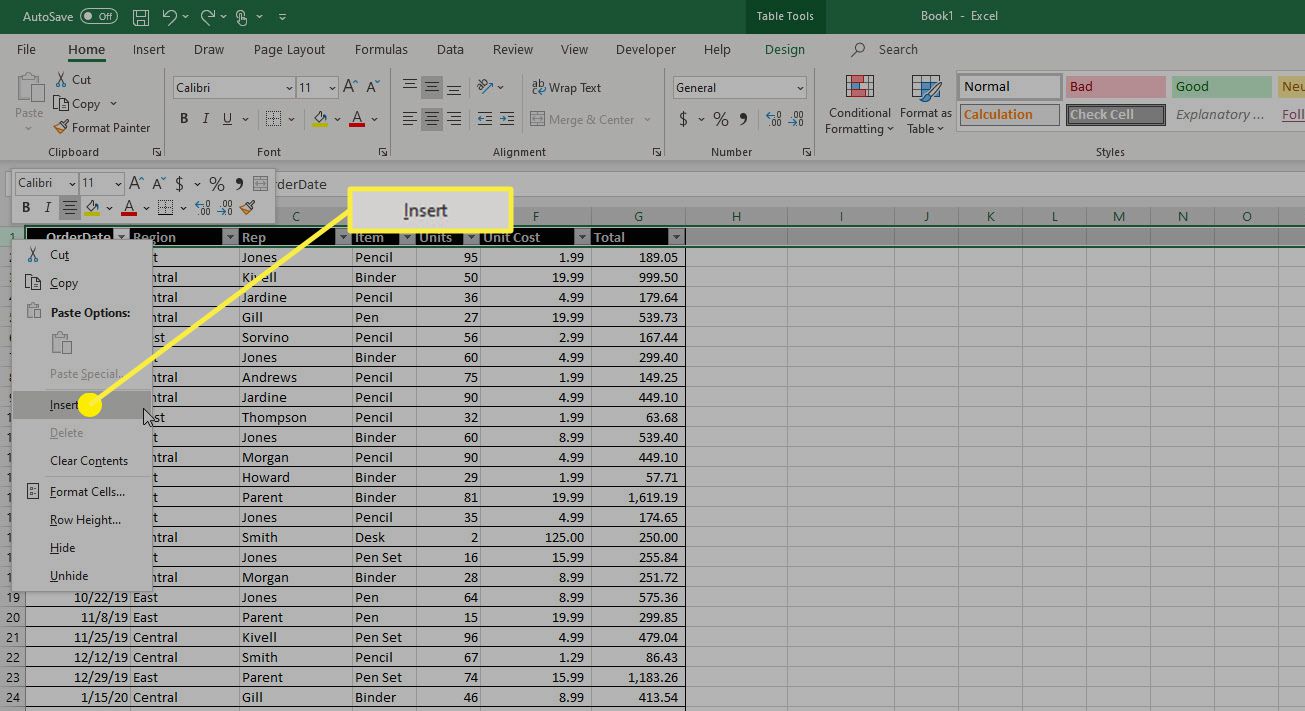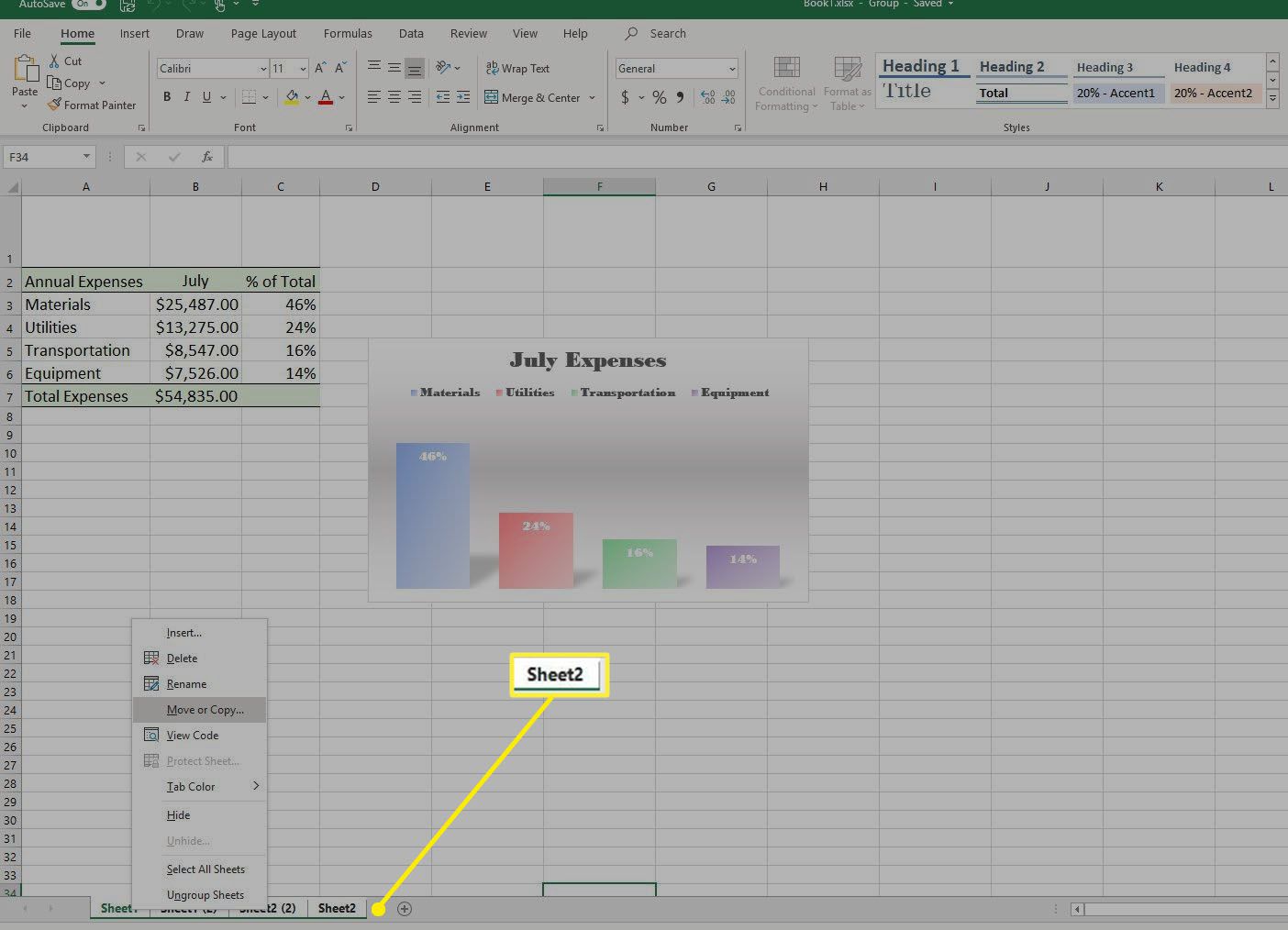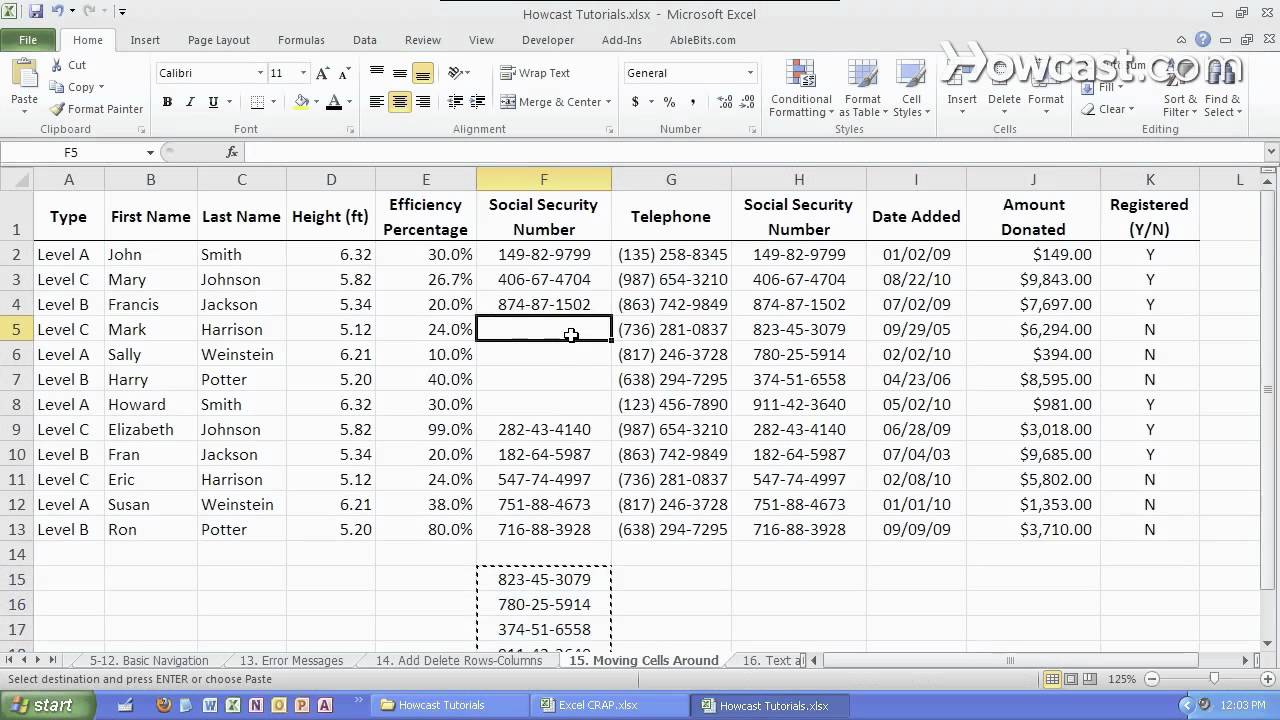Home>Technology and Computers>How To Combine First And Last Name In Excel


Technology and Computers
How To Combine First And Last Name In Excel
Published: February 29, 2024
Learn how to combine first and last names in Excel with this step-by-step guide. Streamline your data management and boost your efficiency in technology and computers.
(Many of the links in this article redirect to a specific reviewed product. Your purchase of these products through affiliate links helps to generate commission for Noodls.com, at no extra cost. Learn more)
Table of Contents
Introduction
Combining the first and last names of individuals is a common task in Excel, especially when working with databases or creating personalized communication. Whether you're preparing a mailing list, generating reports, or organizing contact information, knowing how to merge first and last names efficiently can save you time and effort. In this article, we will explore several methods to achieve this in Excel, catering to different versions of the software and user preferences.
By learning these techniques, you can streamline your data manipulation processes and enhance your proficiency in Excel. Whether you are a beginner seeking fundamental skills or an experienced user looking to expand your knowledge, mastering the art of combining first and last names in Excel will undoubtedly bolster your productivity and effectiveness in handling data-related tasks. Let's delve into the various methods and discover how to seamlessly merge first and last names in Excel.
Step 1: Open Excel and input the first and last names
Before delving into the methods of combining first and last names in Excel, the initial step involves opening the Excel application and inputting the first and last names into the spreadsheet. This fundamental process sets the stage for the subsequent techniques we will explore.
Upon launching Excel, you will be greeted by a blank workbook, providing a clean canvas for your data entry. Begin by selecting the cell where you wish to input the first and last names. Typically, this could be in separate columns to facilitate organized data management. For instance, you might choose column A for first names and column B for last names.
To input the first names, simply click on the desired cell in column A and type the first name of the individual, such as "John" or "Emily." Similarly, move to column B and input the corresponding last names, such as "Smith" or "Johnson."
It's important to ensure that the data is entered accurately, with each first and last name residing in its respective cell. This meticulous approach lays a solid foundation for the subsequent steps, ensuring that the data is well-prepared for the merging techniques we will employ.
By meticulously inputting the first and last names into the Excel spreadsheet, you establish a robust starting point for the data manipulation tasks ahead. This foundational step sets the stage for the seamless execution of the merging methods, allowing you to harness the full potential of Excel's capabilities in handling and manipulating data.
With the first and last names securely entered into the Excel spreadsheet, we are now ready to explore the various methods available for combining this data effectively. Let's proceed to the next step and delve into the application of the CONCATENATE function to merge the first and last names seamlessly.
Step 2: Use the CONCATENATE function
The CONCATENATE function in Excel offers a straightforward and efficient method to merge the first and last names of individuals into a single cell. This function allows users to combine multiple strings of text, making it an ideal tool for merging data such as first and last names.
To utilize the CONCATENATE function, begin by selecting the cell where you want the combined first and last names to appear. Then, input the following formula into the formula bar or directly into the cell:
excel
=CONCATENATE(A2, " ", B2)
In this formula, A2 represents the cell containing the first name, while B2 represents the cell containing the last name. The space enclosed in double quotation marks (" ") ensures that a space is inserted between the first and last names when they are combined.
Upon pressing Enter, the CONCATENATE function will merge the first and last names from the specified cells, displaying the combined result in the selected cell. For example, if cell A2 contains "John" and cell B2 contains "Smith," the CONCATENATE function will yield "John Smith" in the designated cell.
The beauty of the CONCATENATE function lies in its simplicity and versatility. It allows users to merge not only first and last names but also various other text strings within an Excel spreadsheet. This flexibility makes it a valuable tool for consolidating and organizing data effectively.
By leveraging the CONCATENATE function, users can seamlessly merge first and last names, streamlining the process of creating personalized communication, generating reports, or organizing contact information. This method empowers users to efficiently manipulate data within Excel, enhancing their productivity and proficiency in handling textual data.
The application of the CONCATENATE function exemplifies the practicality and user-friendly nature of Excel, offering a convenient solution for merging first and last names with ease. As we continue to explore additional methods for combining names in Excel, it's essential to recognize the value of the CONCATENATE function in simplifying data manipulation tasks.
Step 3: Use the & operator
In addition to the CONCATENATE function, Excel provides an alternative method for combining first and last names using the ampersand (&) operator. This operator offers a concise and intuitive approach to merging text strings, including the first and last names of individuals.
To utilize the & operator, select the cell where you want the combined first and last names to appear. Then, input the following formula into the formula bar or directly into the cell:
excel
=A2 & " " & B2
In this formula, A2 represents the cell containing the first name, while B2 represents the cell containing the last name. Similar to the CONCATENATE function, the space enclosed in double quotation marks (" ") ensures that a space is inserted between the first and last names when they are combined using the & operator.
Upon pressing Enter, the & operator will merge the first and last names from the specified cells, displaying the combined result in the selected cell. For example, if cell A2 contains "John" and cell B2 contains "Smith," the & operator will yield "John Smith" in the designated cell.
The simplicity and readability of the & operator make it an attractive choice for merging text strings in Excel. Its straightforward syntax and seamless integration into Excel's formula structure contribute to its popularity among users seeking an efficient method for combining first and last names.
By leveraging the & operator, users can effortlessly merge first and last names, facilitating the creation of personalized communication, report generation, and contact information organization. This method empowers users to manipulate textual data with ease, enhancing their proficiency in Excel and optimizing their data management processes.
The application of the & operator exemplifies the versatility and user-friendly nature of Excel, offering a convenient solution for merging first and last names while maintaining a clear and concise formula structure. As we continue to explore additional methods for combining names in Excel, it's essential to recognize the value of the & operator in simplifying data manipulation tasks.
Step 4: Use the TEXTJOIN function (for Excel 2016 and later)
For users of Excel 2016 and later versions, the TEXTJOIN function offers a powerful and versatile method for combining first and last names with enhanced flexibility and control. This function is particularly valuable when dealing with a large dataset or when the need arises to customize the separator between the merged names.
To utilize the TEXTJOIN function, begin by selecting the cell where you want the combined first and last names to appear. Then, input the following formula into the formula bar or directly into the cell:
excel
=TEXTJOIN(" ", TRUE, A2, B2)
In this formula, the first argument " " represents the separator between the first and last names. By specifying a space within double quotation marks, we ensure that a space is inserted between the merged names. The second argument TRUE indicates that empty cells, if any, should be ignored during the concatenation process. The subsequent arguments A2 and B2 represent the cells containing the first and last names, respectively.
Upon pressing Enter, the TEXTJOIN function will merge the first and last names from the specified cells, displaying the combined result in the selected cell. For example, if cell A2 contains "John" and cell B2 contains "Smith," the TEXTJOIN function will yield "John Smith" in the designated cell.
One of the key advantages of the TEXTJOIN function is its ability to handle a range of cells, allowing users to merge multiple first and last names within a specified range. This capability is particularly beneficial when working with extensive datasets, as it streamlines the process of combining names across multiple rows or columns.
Furthermore, the TEXTJOIN function enables users to customize the separator, providing the flexibility to choose different delimiters such as commas, hyphens, or any other preferred punctuation marks. This level of customization enhances the presentation and formatting of the merged names, catering to specific stylistic preferences or data display requirements.
By leveraging the TEXTJOIN function, users can efficiently merge first and last names while exercising precise control over the concatenation process. This method empowers users to manipulate textual data with sophistication, offering a comprehensive solution for merging names in Excel 2016 and later versions.
The application of the TEXTJOIN function exemplifies the advanced capabilities of Excel, providing users with a robust tool for merging names and enhancing data management efficiency. As we continue to explore the diverse methods for combining names in Excel, it's essential to recognize the value of the TEXTJOIN function in facilitating seamless data manipulation and customization.
Read more: How To Use Subscript In Excel
Conclusion
In conclusion, mastering the art of combining first and last names in Excel is a valuable skill that empowers users to efficiently manipulate textual data, streamline data management processes, and enhance productivity. Throughout this article, we have explored multiple methods for merging names, catering to different Excel versions and user preferences. From the fundamental use of the CONCATENATE function to the advanced capabilities of the TEXTJOIN function in Excel 2016 and later versions, each method offers unique advantages and flexibility in merging first and last names seamlessly.
The CONCATENATE function provides a straightforward and intuitive approach to combining names, allowing users to merge text strings with ease. Its simplicity and versatility make it an ideal choice for basic data manipulation tasks, offering a convenient solution for merging first and last names within an Excel spreadsheet.
Similarly, the & operator presents a concise and readable method for merging names, leveraging the inherent structure of Excel formulas to seamlessly combine first and last names. Its user-friendly syntax and seamless integration into Excel's formula framework make it a popular choice among users seeking an efficient and straightforward approach to data manipulation.
For users of Excel 2016 and later versions, the TEXTJOIN function emerges as a powerful tool for merging names with enhanced flexibility and control. Its ability to handle a range of cells, customize separators, and ignore empty cells during concatenation makes it a valuable asset for managing extensive datasets and customizing the formatting of merged names.
By mastering these methods, users can elevate their proficiency in Excel, optimize data manipulation tasks, and unlock the full potential of the software in handling textual data. Whether it's creating personalized communication, generating reports, or organizing contact information, the ability to seamlessly merge first and last names empowers users to enhance their data management capabilities and streamline their workflow.
As technology continues to evolve, proficiency in Excel and other data manipulation tools remains a valuable asset in various professional domains. The skills acquired through mastering the merging of first and last names in Excel not only enhance individual productivity but also contribute to the overall efficiency and effectiveness of data-related tasks within organizations and businesses.
In essence, the knowledge and proficiency gained from mastering these merging techniques in Excel serve as a testament to the software's versatility and adaptability in catering to diverse data manipulation needs. By harnessing these methods, users can navigate the complexities of data management with confidence, precision, and efficiency, ultimately contributing to their success in leveraging Excel as a powerful tool for handling textual data.
